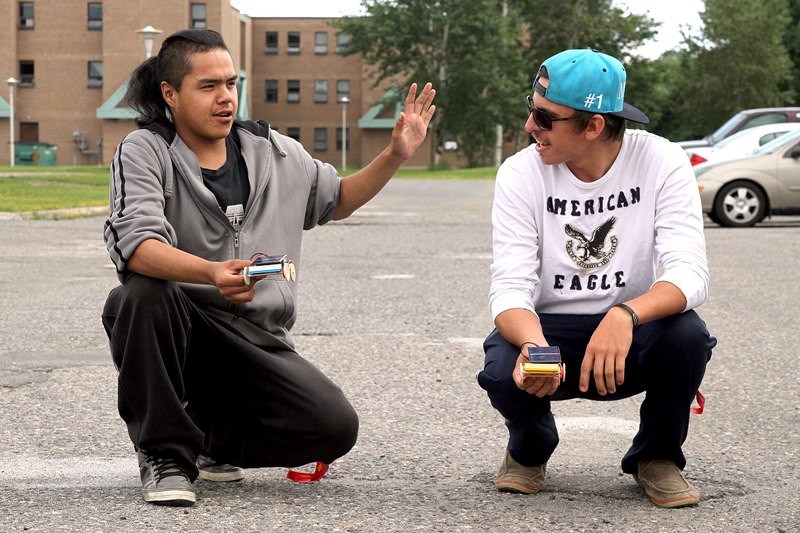THUNDER BAY -- Before joining Confederation College’s First Nations Natural Resources Youth Employment Program, Dancia Gagne had no idea what she wanted to do for a living.
Four years later, she’s got a plan.
“For me, I was a ranger and I was really interested in the forestry field,” she said on Wednesday, taking part in the school’s on-campus natural resources science camp this week.
“I wanted to do anything in forestry, even mining. As I came back last year, as a crew leader-in-training, and the youth activities co-ordinator this year, I found that I really want to work with First Nations youth, which is why I’m taking the Aboriginal community advocacy program come this fall.”
The program is a partnership between Outland Camps and the school and has been in operation for the past 14 years.
More than 325 students have taken part, leading many to careers in the natural resources sector.
The social aspect of the program is just as important as any scientific learning that might be passed along, Gagne added.
“A lot of the rangers range in age from 16 to 20 years old. A lot of them are in high school or are finishing high school and I just think it increases their skills in all kinds of different levels,” she said.
“They learn a lot of life skills, what they need to do and use to continue on. It also gives them a feeling of what kind of work they might like to do, what career best suits them and what programs they like.”
It’s that eye-opening experience that John Hatton, the college’s director of training and development, said is so valuable.
The program teaches students in such a way as to develop their skills through participation in revenue-generating work projects that provides a real-world experience and helps make it self-sustaining.
“It really is a program that adds a lot of value to our communities. It gets First Nations people involved in potential jobs, and I think that’s what our goal is,” Hatton said.
When first created, the program dealt solely with forestry, but as the industry collapsed, the focus changed.
“It encompasses a lot of different sectors, mining, natural resources, transportation and energy, etc., Hatton said.
“So it covers it all.”
On average, between 25 to 30 students take part in the program each year, dependent on levels of available funding.
On Wednesday, students also learned about solar and wind energy aboard the traveling EcoBus.
